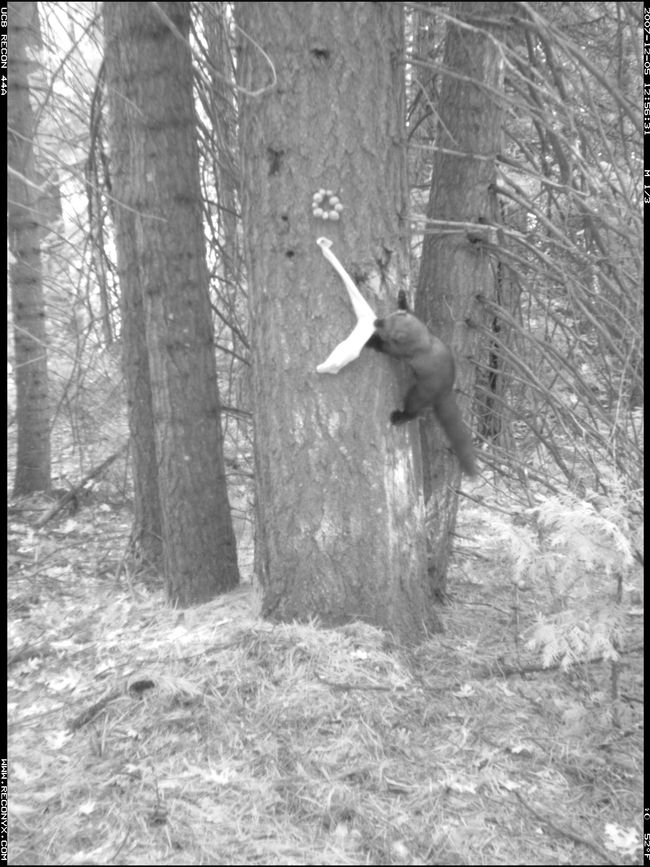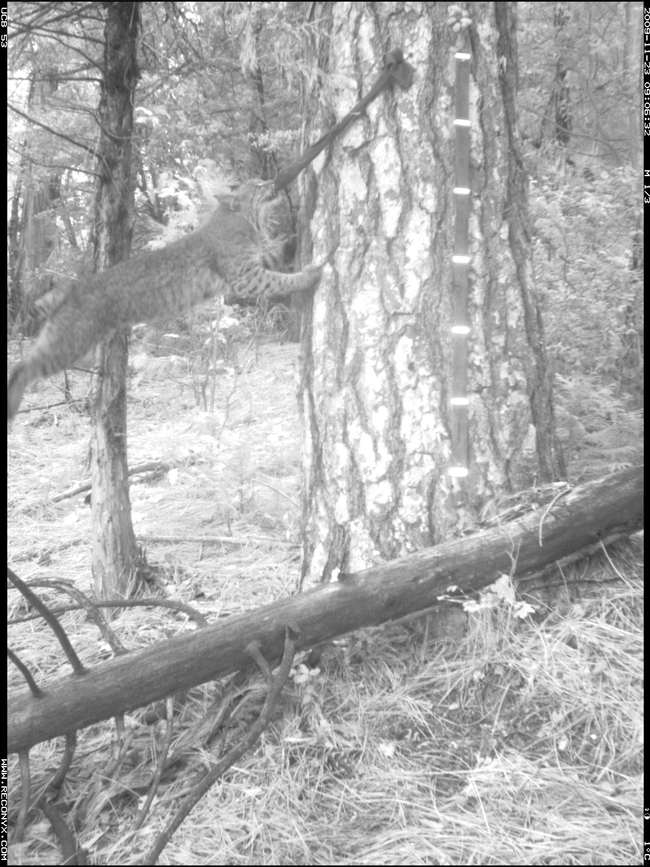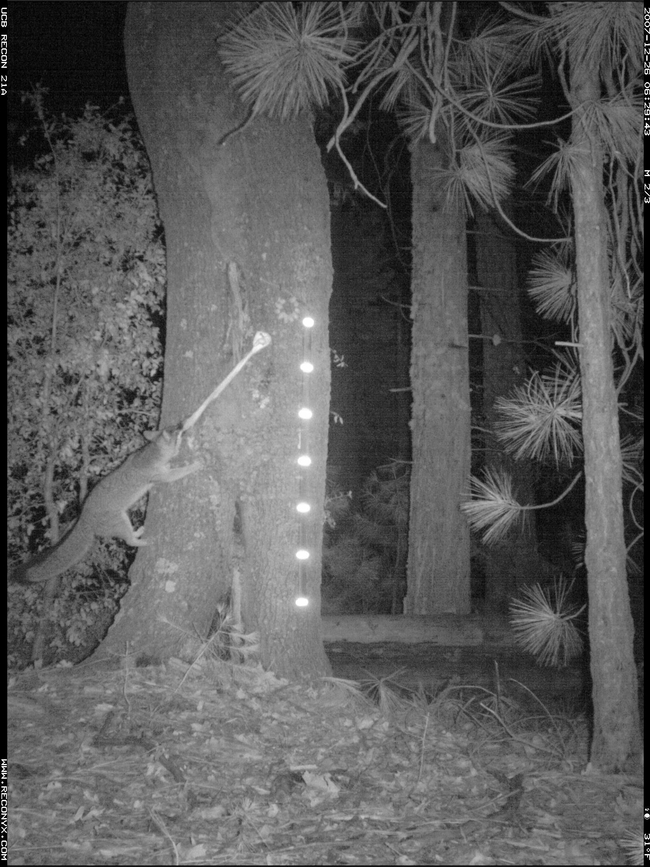UC wildlife research team looking for single socks
But what kind of research could go through hundreds of socks a month? After years of experimentation, the research team has determined that socks are the ideal receptacle for hanging fisher bait in trees. The researchers are going through 250 pair a month, at a considerable cost, to create the “chicken in a sock” bait stations.
Besides the cost, chief scientist Dr. Rick Sweitzer is spending too much time in the Wal-Mart checkout line with a cart full of socks.
The scientists don’t need new socks; they would prefer old, unmatched, non-holey ones, something every American has cluttering up their sock drawers. You know the ones!
So, in an effort to reduce, reuse and recycle, the SNAMP wildlife research team is putting out a call for lost and lonely socks. Socks may be delivered or mailed to 40799 Elliott Dr., Oakhurst CA 93644. For more information contact Anne Lombardo at amlombardo@ucdavis.edu. To read more about the research project visit the SNAMP website.
Other wildlife are also attracted to the bait stations:





What do you bait the fishers for? Is it to take photos, or for populations counts? Or... something else entirely? Curious to hear more!
Posted by Brenda Dawson on December 14, 2011 at 9:16 AM